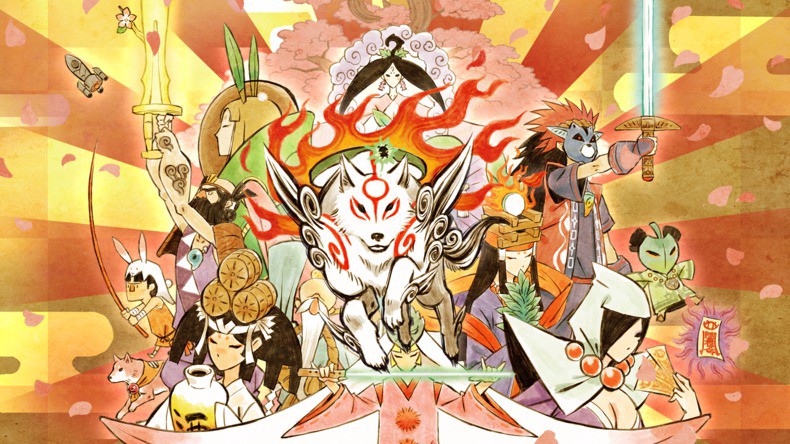Okami’s Impact on Adventure Games: A Legacy of Creativity
Since its release in 2006, Okami has carved a unique niche within the world of adventure games, distinguishing itself with its innovative gameplay, stunning visuals, and deep cultural roots in Japanese mythology. Developed by Clover Studio and published by Capcom, Okami invites players into a vibrant world inspired by traditional Japanese art and folklore, where they assume the role of Amaterasu, the sun goddess, in her quest to restore a land plagued by darkness. This game is more than just an artistic wonder; it has left an indelible mark on the adventure genre, influencing countless titles that followed.
Innovative Gameplay Mechanics
One of the standout features of Okami is its unique gameplay mechanics that draw heavily from traditional sumi-e (Japanese ink painting). Players utilize the Celestial Brush to interact with the environment, solving puzzles and defeating enemies by drawing in real-time. This artistic mechanic not only enhances interactivity but also allows players to express their creativity, setting a precedent for adventure games that value player agency. As game designers observed the success of Okami, many began to incorporate similar innovative elements in their titles, blending traditional gaming mechanics with artistic expression to create immersive experiences.
Aesthetic Influence on Visual Design
The striking visual style of Okami, reminiscent of a living painting, has significantly influenced the aesthetic direction of various adventure games. Its watercolor landscapes, vibrant character designs, and immersive world-building rapidly became a benchmark for artistic quality in video games. Titles like The Legend of Zelda: The Wind Waker and Hollow Knight have drawn inspiration from Okami’s distinctive art style, demonstrating the potential for visual storytelling in adventure gaming. Okami’s aesthetic appeal not only invites admiration but also encourages other developers to explore unconventional artistic methods in their designs.
Cultural Significance and Storytelling
Beyond mechanics and aesthetics, Okami is renowned for its rich narrative steeped in Japanese folklore. The game’s story unfolds through a series of beautifully crafted quests that resonate deeply with themes of reincarnation, nature, and the balance of good and evil. By integrating cultural elements into its narrative, Okami has opened doors for other adventure games to explore complex storytelling, showcasing how games can serve as a medium for cultural expression. This has led to a wave of titles that prioritize narrative depth, encouraging players to connect with stories that reflect a multitude of cultures.
Merchandising and Community Engagement
The legacy of Okami has also extended into merchandise, with a variety of products ranging from art books to figurines that celebrate the game’s creativity and cultural significance. Okami Merchandise has become popular among fans, helping to foster a community that values artistic expression in gaming. These products not only serve as collectibles but also facilitate discussions about the game’s impact and its broader implications for the next generation of adventure games. The community’s enthusiasm for Okami promotes the idea that video games can transcend entertainment, becoming platforms for cultural dialogue and artistic appreciation.
Conclusion: A Lasting Legacy
Okami’s impact on adventure games is a remarkable testament to the power of creativity in video game design. By blending innovative mechanics, stunning visuals, and culturally rich narratives, the game has influenced an entire generation of developers and has paved the way for future titles that prioritize artistic expression and storytelling. As we continue to see the evolution of adventure games, the legacy of Okami serves as a reminder of the potential for video games to inspire, educate, and promote creativity, ensuring that its spirit will linger long into the future of gaming.

